Category: Projects
-
Nastassja Bell – Resident Reflection
“Thanks to the support of VGHP, I had the incredible opportunity to spend 3 weeks doing an away elective in Xela, Guatemala. During my trip to the small city of Xela in December of 2023, I worked in the Pop Wuj Spanish School’s Clinic, studied Spanish with a one-on-one instructor, and helped with volunteer projects…
-
Gonzalez – Resident Reflection
“Now that we are back in the US, we (the Gonzalez family) wanted to write to express our great gratitude for your generous financial support for us through the global health fellowship. My family and I had a wonderful experience and wanted to share a bit about these past nine months. As you know, we…
-
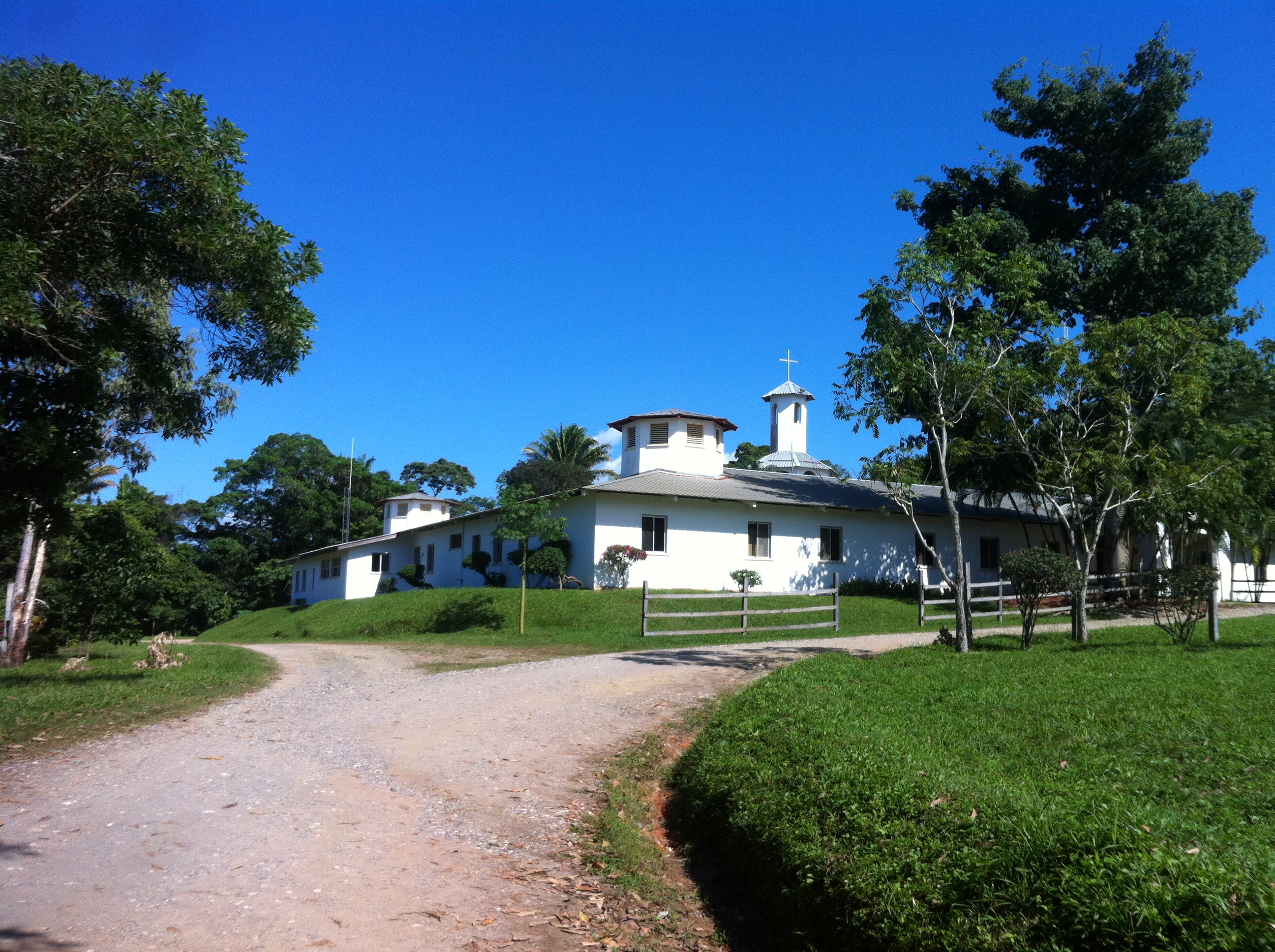
The Honduran staff was a joy to work with…Dr. Maggie Jolly
I slipped on a scrub top and walked down the hill to the hospital. It was one of my call days, and the nurses had given the characteristic message on the Ham radio, “Dra. Maggi, Dra. Maggi, tenemos una emergeeencia.” They always seemed to draw that last word out, making it sound more urgent than…
-
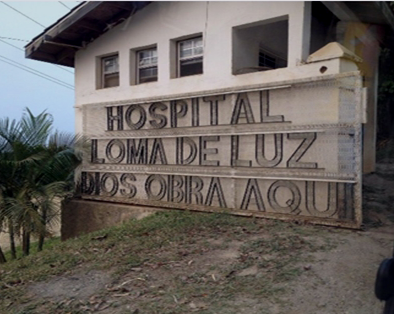
Honduras 2014
The baleada is a fresh tortilla, made with a smear of beans, scrambled eggs and topped with a sour-tasting cheese, named after a bullet, given its folded in half and aerodynamic shape. This small, but delicious Honduran cultural delight is certainly something I won’t forget. As the patients got wind of food in the halls,…
-
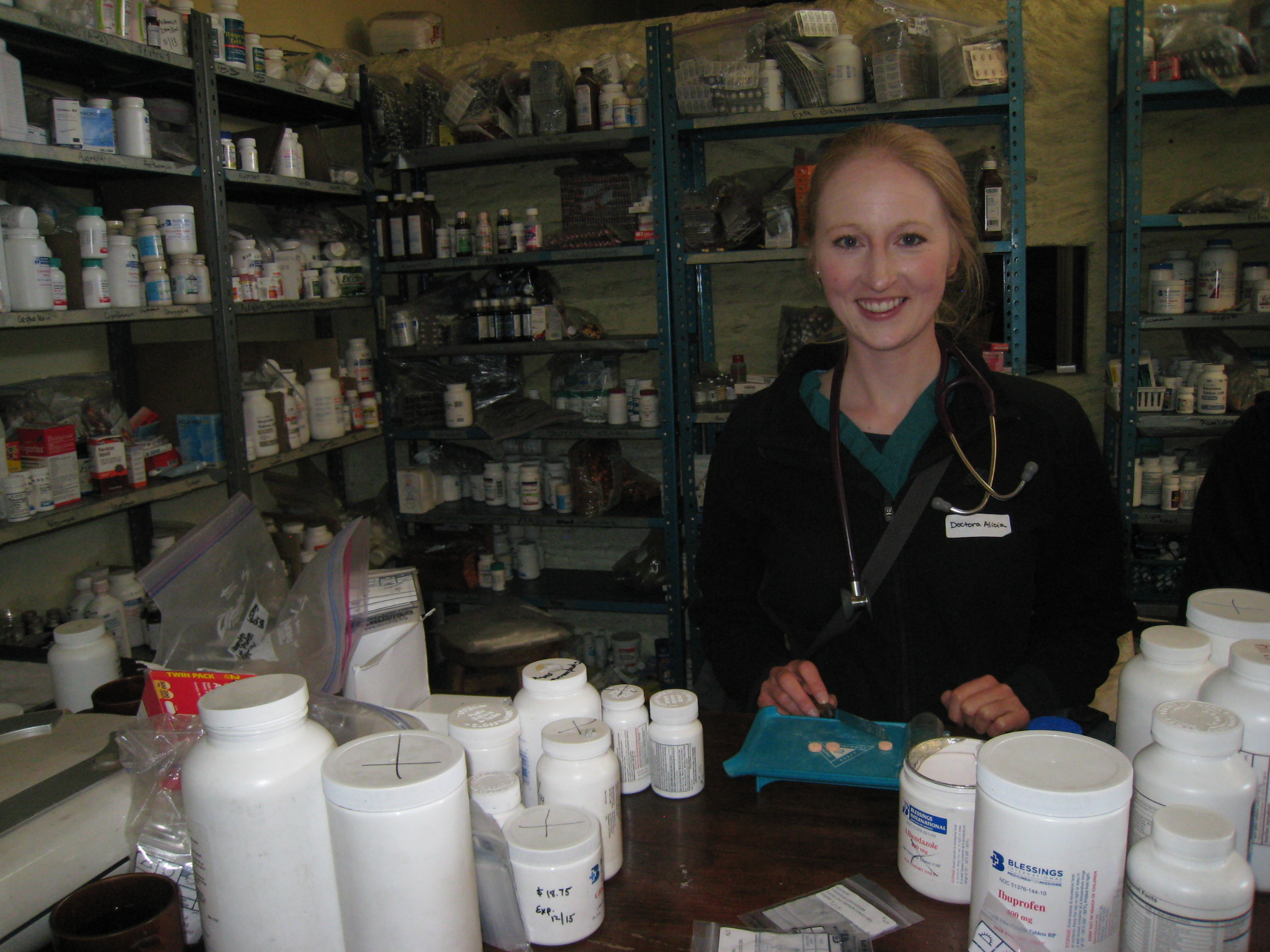
Pop Wuj Clinic & Spanish School in Quetzaltenango, Guatemala
With the generous support of the Family Medicine Education Fund (FMED) I had the privilege to work and study at Pop Wuj, a non-profit organization in Quetzaltenango, Guatemala. Pop Wuj is a Spanish school with a medical clinic and several public health outreach programs that students participate in while learning Spanish. My medical work while…
-
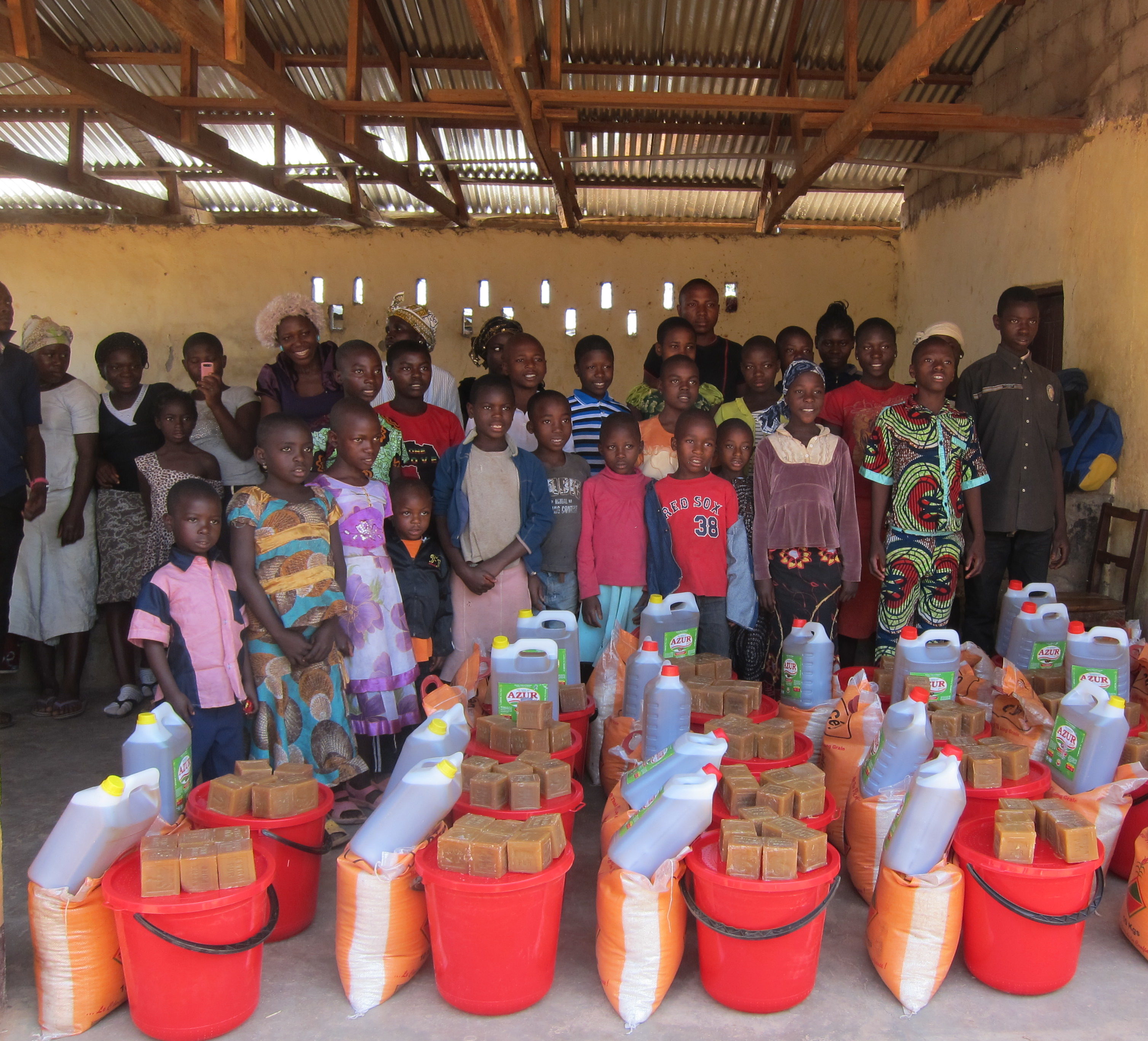
Dr. Connie Leeper Spends Elective In Njinikom, Cameroon
I spent my elective in St. Martin de Porres Catholic Hospital in Njinikom, Cameroon. St. Martin de Porres Hospital is on a Catholic compound that also contains a convent, orphanage, schools and outreach programs. At the hospital, there are currently 2 married American missionary family physicians, Dr. Brent Burket and Dr. Jennifer Thoene, a Cameroonian…
-

Honduras With Dr. Christopher Adkins
International training is an essential part of a broad spectrum family medicine residency, and thanks to Dr. Starr and the FMed Fund, I was able to partake in a week long international elective in Honduras. The initial plan was to assist Dr. Starr and other Honduran Plastic Surgeons in performing cleft palate surgery on children. …
-
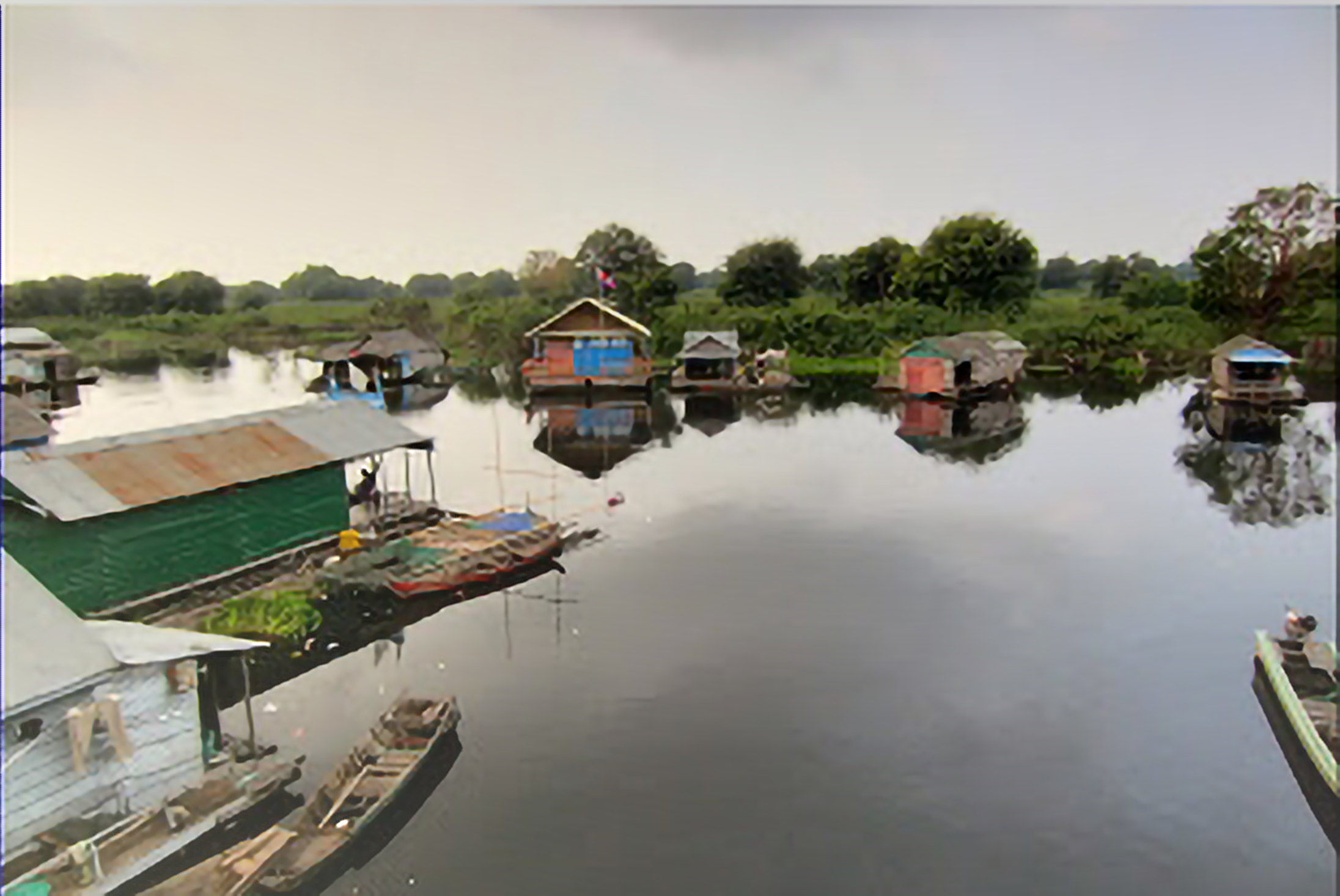
The Lake Clinic, Cambodia
The Lake Clinic provides healthcare to rural communities on the Tonle Sap lake.
-
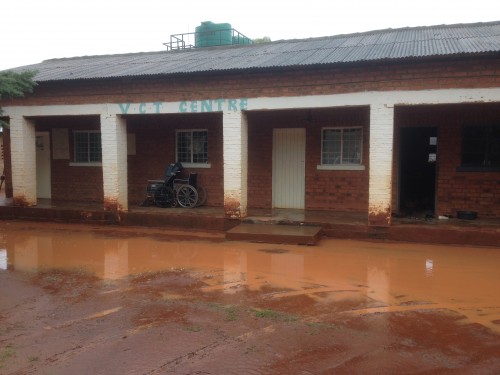
VCMC Resident provides care at Pediatric HIV clinic in Malawai with aid of VGHP And FMed travel grant
Pediatric HIV Elective in Malawi After missed flights, lost bags, and 3 days of travel I arrived in Lilongwe, the capital of Malawi, on a sunny morning during the rainy season. The Baylor International Pediatric AIDS Initiative has a Clinical Center of Excellence in Lilongwe, an impressive pediatric HIV clinic staffed by Malawian clinical officers,…
-

Sahara Desert, Niger: The Nomad Project
in ProjectsVGHP is partnering with Dr. Robert Skankey, a retired Obstetrician who has delivered over 3500 babies in Ventura and Ojai, and his Nomad Foundation in the Sahara Desert. The Nomad Foundation has started a clinic in Tamesna, which is located on the annual migration route of the local Nomads. The clinic has a midwife training…
